YouTube`s trying to amplify its disclosures round AI generated content material, with a brand new detail inside Creator Studio wherein creators can have to reveal once they add practical-searching content material that`s been made with AI tools.
As you may see on this example, now, YouTube creators could be required to test the field while the content material in their add “is altered or artificial and appears actual,” so as to keep away from deepfakes and incorrect information thru manipulated or simulated depictions.
When the field is checked, a brand new marker could be displayed in your video clip, letting the viewer understand that it`s now no longer actual pictures.
.png)
As according to YouTube:
“The new label is supposed to reinforce transparency with visitors and construct agree with among creators and their audience. Some examples of content material that require disclosure consist of the use of the likeness of a practical person, changing pictures of actual occasions or places, and producing practical scenes.”
YouTube similarly notes that now no longer all AI use would require disclosure.
AI generated scripts and manufacturing factors aren’t included with the aid of using those new regulations, at the same time as “truly unrealistic content material” (i.e. animation), color adjustments, unique effects, and splendor filters may also be secure to apply with out the brand new disclosure.
But content material that might misinform will want a label. And in case you don`t upload one, YouTube also can upload one for you, if it detects using artificial and/or manipulated media on your clip.
It`s the following step for YouTube in making sure AI transparency, with the platform already saying new necessities round AI utilization disclosure remaining year, with labels so one can tell customers of such use.
This new replace is the following degree on this development, including extra necessities for transparency with simulated content material.
Which is a great thing. Already, we`ve visible generated photos motive confusion, at the same time as political campaigns were the use of manipulated visuals, withinside the hopes of swaying voter opinions.
And definitely, AI goes for use increasingly often.
The handiest question, then, is how lengthy can we certainly be capable of hit upon it?
Various answers are being examined in this front, which include virtual watermarking to make certain that structures understand while AI has been used. But that won`t follow to, say, a replica of a replica, if a consumer re-movies that AI content material on their phone, for example, disposing of any capacity checks.
There could be methods round such, and as generative AI maintains to improve, in particular in video generation, it’s miles going to emerge as increasingly hard to understand what`s actual and what`s now no longer.
Disclosure regulations like this are critical, as they provide structures a method of enforcement. But they may not be powerful for too lengthy.
YouTube’s AI disclosure requirements in 2024 signify an important step towards transparency and responsible use of artificial intelligence (AI) on the platform.
Here are some key details about this development:
- Purpose of AI Disclosure: YouTube’s AI disclosure requirements aim to provide users with more clarity about how AI technologies are used to recommend and personalize content on the platform. By disclosing the use of AI, YouTube seeks to enhance user trust and understanding of its recommendation algorithms.
- Implementation of Transparency: YouTube is implementing clearer disclosures to inform users when AI is influencing their experience on the platform. This transparency is essential for users to make informed decisions about their content consumption and interactions.
- User Control and Privacy: The AI disclosure requirements also emphasize user control and privacy. By understanding AI’s role in content recommendations, users can better manage their privacy settings and preferences on YouTube.
- Regulatory Compliance: The introduction of AI disclosure requirements may also align with evolving regulations and guidelines related to AI transparency and accountability in digital platforms.
- Impact on Content Creators: Content creators on YouTube may need to adapt their strategies in response to these AI disclosure requirements. Understanding how AI impacts content visibility and audience reach can inform creators’ content creation and optimization efforts.
Overall, YouTube’s AI disclosure requirements reflect a broader trend towards greater transparency and accountability in AI-powered technologies. These efforts aim to empower users with more control over their online experiences while promoting responsible AI deployment in digital platforms.
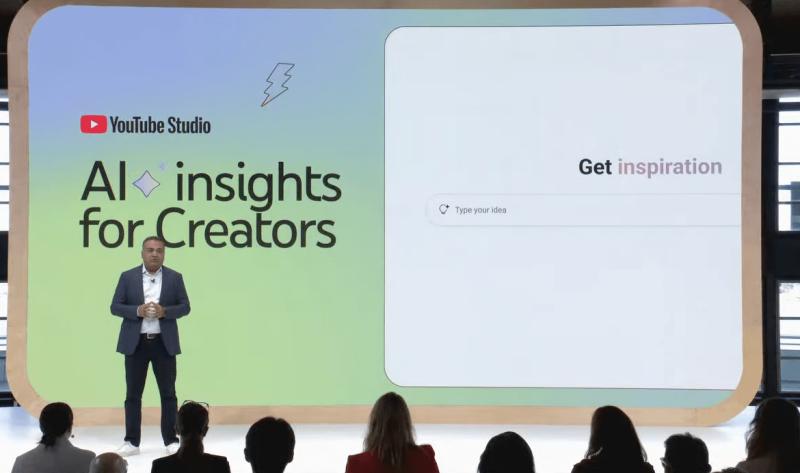
.png)

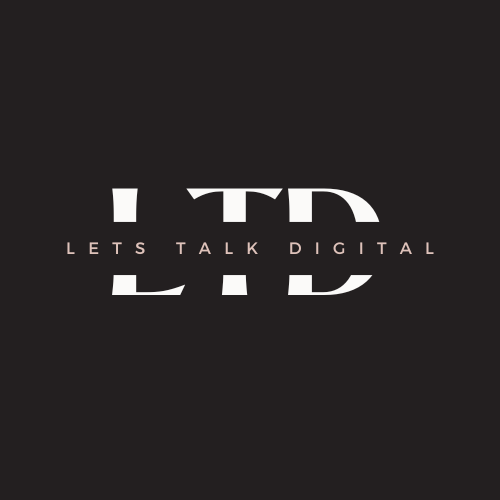

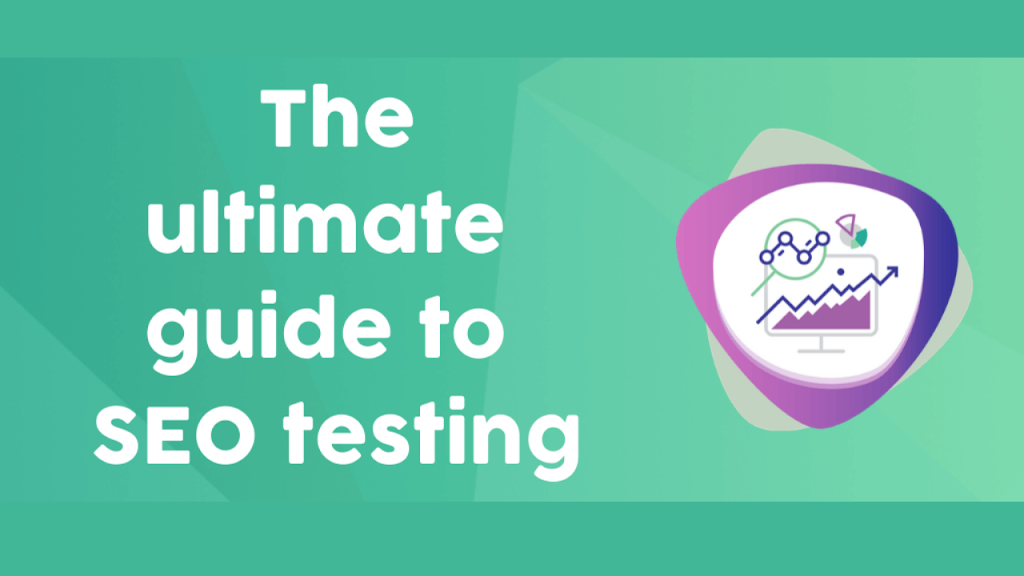
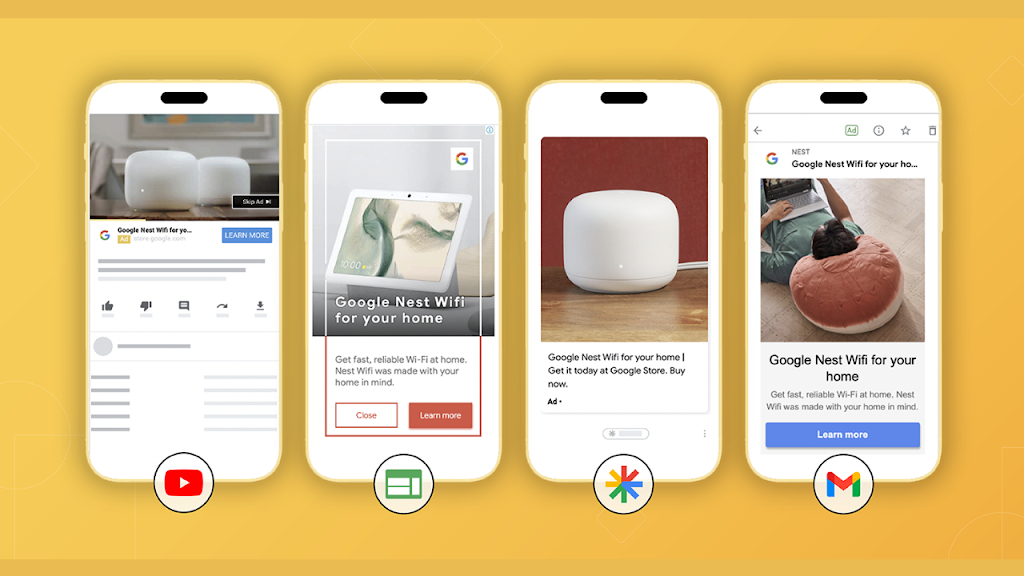

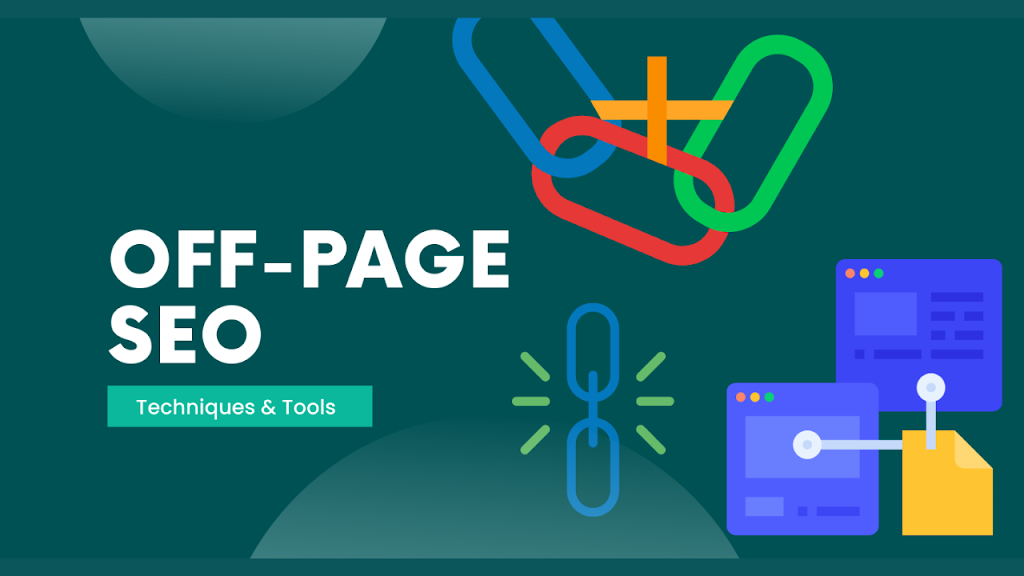
Leave a Reply